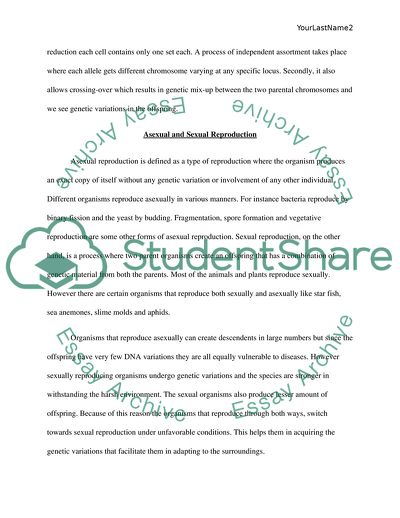Cite this document
(Meiosis Essay Example | Topics and Well Written Essays - 1750 words, n.d.)
Meiosis Essay Example | Topics and Well Written Essays - 1750 words. https://studentshare.org/biology/1763813-meiosis-asexual-and-sexual-reproduction-history-of-genetics-mendelian-inheritance-punnett-squares-genetic-disorders-and-transformation-of-dna
Meiosis Essay Example | Topics and Well Written Essays - 1750 words. https://studentshare.org/biology/1763813-meiosis-asexual-and-sexual-reproduction-history-of-genetics-mendelian-inheritance-punnett-squares-genetic-disorders-and-transformation-of-dna
(Meiosis Essay Example | Topics and Well Written Essays - 1750 Words)
Meiosis Essay Example | Topics and Well Written Essays - 1750 Words. https://studentshare.org/biology/1763813-meiosis-asexual-and-sexual-reproduction-history-of-genetics-mendelian-inheritance-punnett-squares-genetic-disorders-and-transformation-of-dna.
Meiosis Essay Example | Topics and Well Written Essays - 1750 Words. https://studentshare.org/biology/1763813-meiosis-asexual-and-sexual-reproduction-history-of-genetics-mendelian-inheritance-punnett-squares-genetic-disorders-and-transformation-of-dna.
“Meiosis Essay Example | Topics and Well Written Essays - 1750 Words”. https://studentshare.org/biology/1763813-meiosis-asexual-and-sexual-reproduction-history-of-genetics-mendelian-inheritance-punnett-squares-genetic-disorders-and-transformation-of-dna.


